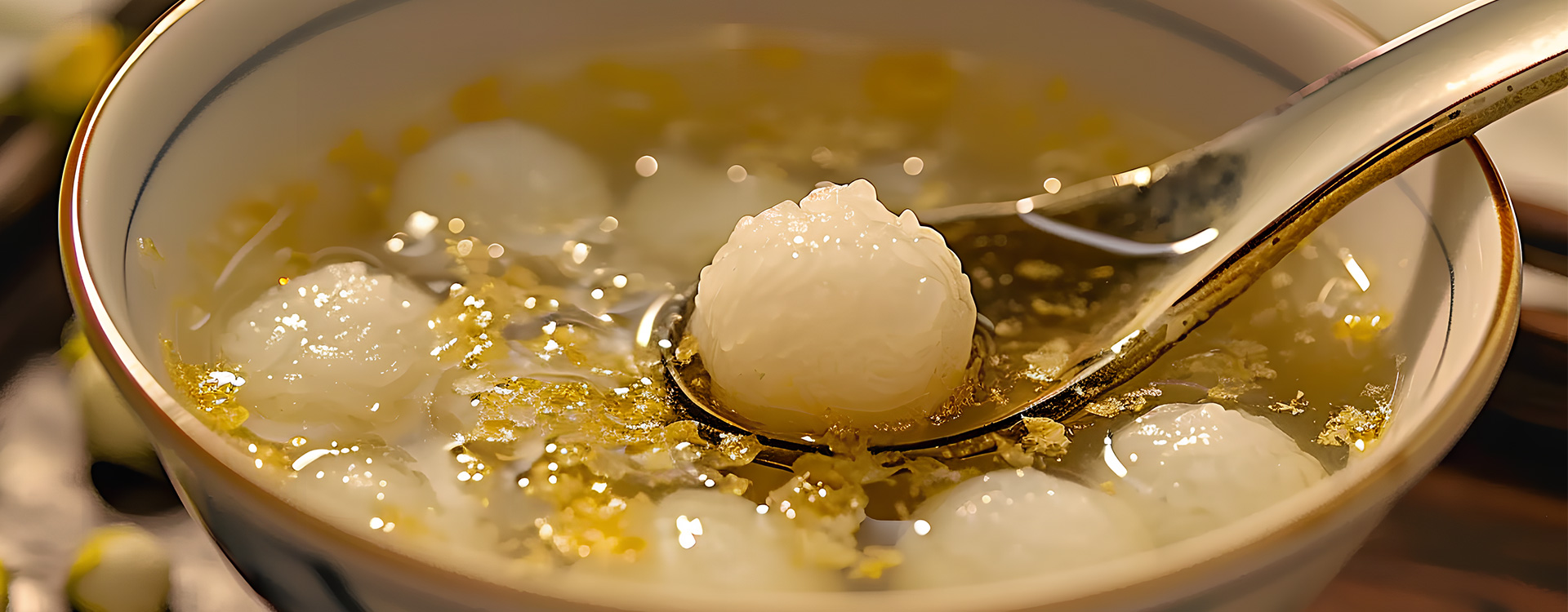
Enabling technology to achieve the best
![]()
![]()
![]()
![]()
![]()
![]()
The comprehensive two-dimensional gas chromatography (GC × GC) platform as well as the unique algorithm of PANOMIX were applied to obtain more chemical components. Then the stoichiometric method was used to connect them with the sensory to find the compounds which affect the flavor perception. Maybe we can make some predictions with the connection. flavoromics contribute to empower the food industry and then realize the visualization, digitalization and digital intelligence of food flavor substances.

![]()

![]()
1. The characteristics of flavor substance was converted into the digital feature, which is the flavor characteristics of geographical indication products.
2.Flavor AI developed by PANOMIX and Jiangnan University, converts the sensory characteristics (sensory evaluation) food into digital features (Flavoromics data), and then make the distinguish between the samples with machine learning algorithms.
3. Quantification of sensory evaluation. 4. Process adjustment and abnormal batch warning.

![]()
The market of probiotics & metabiotics is rapidly emerging.
A large number of studies confirmed that they had the positive effects on gut microbiota, which in turn affected the immune function, inflammation, weight management and digestive health.
Journal:Food & Function IF:6.317

【Project articles】
Title: Lactobacillus rhamnosus from human breast milk ameliorates ulcerative colitis in mice via gut microbiota modulation
Ulcerative colitis (UC)
1.UC is a major form of inflammatory bowel disease (IBD).
2.The imbalance of intestinal flora may be one of the main causes of UC.
3.The use of probiotics to modify the gut microbiota may be a novel therapeutic strategy for UC.
Rhamnobacterium
a probiotic approved by the Food and Drug Administration for the infant food, can colonize the surface of the intestinal mucosa and form a biological barrier.
AU:Pang, Bing; Jin, Han; Liao, Ning; Li, Junjun; Jiang, Chunmei; Shao, Dongyan; Shi, Junling TI:Lactobacillus rhamnosus from human breast milk ameliorates ulcerative colitis in mice via gut microbiota modulation
SO:FOOD & FUNCTION WOS:000649429300001
Technical route provided by PANOMIX

![]()
Title: Safety and efficacy of the combined use of a facial cleanser and moisturizers containing pseudo-ceramide and a eucalyptus extract for Thai oily sensitive skin
Journal:Journal Of Dermatology IF:3.468
In Thailand, many people recognize their skin as being sensitive. Sebum is the major factor that induces skin sensitivity and acne, and mild cleansing to remove sebum is recommended for skin care.
To confirm the safety and the efficacy of a combination facial skincare regimen with a weakly acidic foaming facial skin cleanser and moisturizers (lotion and gel) containing pseudo-ceramide and a eucalyptus extract on reducing skin symptoms of Thai oily sensitive facial skin.
We performed a 4-week clinical trial of facial care on 27 Thai females who have oily sensitive skin selected by a lactic acid stinging test. Each subject washed her face with a weakly acidic foaming cleanser and applied an aqueous lotion with a eucalyptus extract and a moisturizing gel containing pseudo-ceramide and a eucalyptus extract twice a day. Prior to and following 4 weeks of usage, the skin conditions of each subject were evaluated.

After 4 weeks of the combination care, redness and acne were significantly improved, although there were no changes in the sebum secretion rate. Accompanying those improvements, both the water holding capacity and the cutaneous barrier function of the stratum corneum were significantly enhanced and skin sensitivity, indicated by a lactic acid stinging test, decreased significantly. No adverse events due to the test samples were observed and the subjects recognized the changes in their skin conditions.
Tongchalaem P, Tongpaen T, Seki T, et al. Safety and efficacy of the combined use of a facial cleanser and moisturizers containing pseudo-ceramide and a eucalyptus extract for Thai oily sensitive skin:-[J]. Thai Journal of Dermatology, 2019, 35(4): 157-170.
Title: Hyaluronic acid detection and relative quantifcation by mass spectrometry imaging in human skin tissues
Journal:Analytical and Bioanalytical Chemistry IF:4.3
Hyaluronic acid (HA) is a major component of the skin, contributing to tissue hydration and biomechanical properties. As HA content in the skin decreases with age, formulas containing HA are widely used in cosmetics and HA injections in aesthetic procedures to reduce the signs of aging.
The use of MALDI-MSI for the study to obtain the HA distribution in the skin and propose an experimental protocol for global detection (endogenous and exogenous) of HA in skin tissue.

For the control and placebo tissues, the HA signal was mainly localized in the epidermis and the first layers of the dermis, whereas for the treated tissues, HA was detected in the entire section (i.e., epidermis, upper dermis, and lower dermis). These results confirm the efficacy of the formulation for increasing the HA level in the skin layers and confirming effective tissue exposure.
Legouffe, R., Jeanneton, O., Gaudin, M. et al. Hyaluronic acid detection and relative quantification by mass spectrometry imaging in human skin tissues. Anal Bioanal Chem 414, 5781–5791 (2022). https://doi.org/10.1007/s00216-022-04139-8

 © Copyright 2015-2025 Suzhou PANOMIX Biomedical Tech Co.,Ltd
© Copyright 2015-2025 Suzhou PANOMIX Biomedical Tech Co.,Ltd